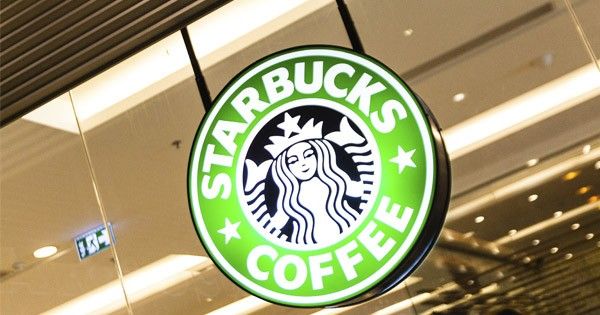Stay connected
Subscribe to our Inside WEX blog and follow us on social media for the insider view on everything WEX, from payments innovation to what it means to be a WEXer.

A new trend is brewing—stores are moving to extend their loyalty and payment programs. After revamping its loyalty program, a decision that shifted member rewards from number of transactions to dollars spent, the restructured program left some customers seeing stars, so to speak. However, following this restructuring, the company announced a new partnership that further changes the way that customers receive rewards.
Coming later in 2016, customers will be able to use a prepaid debit card at millions of locations across the United States and the world to earn stars as part of My Starbucks Rewards®. The reloadable card, dubbed “Starbucks Rewards Prepaid Card from Chase,” aims to increase loyalty participation while providing a cash infusion for the company.
Details on the program—especially those surrounding star accumulation (it will not be two stars per dollar as is done in store)—are still thin, but there are a few key points.
First of all, this will be a prepaid debit card, not a credit card. This will be done without a monthly service fee or reloading fee, common with many other prepaid debit cards. There will be card replacement fees, a 3% foreign transaction fee, and a legal processing fee in the event Chase needs to hold or pay out funds from a cardholder’s account due to a legal action.
Second, this will be different from ‘linked’ debit cards. Customers will be able to load their cards as they see fit, likely at Starbucks Stores or online.
The idea behind this platform, being tested by big box retailer Walmart as well, is simple: Convince customers to add more to their cards. For the customer, they are rewarded for their loyalty with products or cash.
This also will open up a new cash flow stream for Starbucks. As noted in a Motley Fool Article, this adds to the value that Starbucks received when it introduced its own non-debit prepaid cards.
“The company discovered something of a minor gold mine when it began offering its own non-debit prepaid loyalty cards a few years ago. On these transactions, when cards are loaded, the coffee retailer receives funds instantly. It records accruals each month against liabilities for unused card balances, and even gets a small profit boost from the monies left on cards which aren’t redeemed after a reasonable period.”
This would also open Starbucks to, according to MarketWatch, “an ever-larger pile of cash.”
“Letting consumers spend Starbucks bucks at any place where credit cards are accepted creates even more incentive for consumers to load up the app with cash. It’s easy to imagine those $50 reloads becoming $500 reloads for devoted coffee drinkers. That will give Starbucks an ever-larger pile of cash it gets to hold and can use to retire debt or invest.”
In addition to the ‘get paid up front’ benefit, the plan will bring payments processing into the organization, as noted in a MarketWatch article:
Well, in a generic sense, all retailers have to act more like banks nowadays, says Gartner payments analyst Avivah Litan. Payment processing is expensive, and big retailers are tired of sharing revenue with big banks.
“Paying more for payments eats into profits. The big chains have had this problem for years,” she said. “The only way around it is to create payment mechanics that generate revenue.”
Not only would this lower costs for Starbucks, it could actually create a new revenue stream by sharing transaction fees with Chase.
If Starbucks’ plan works to the same effectiveness as Walmart’s prepaid debit card (Walmart MoneyCard), it will further build loyalty and help consumers who previously could not get access to a debit card. For instance, MoneyCard holders, who can reload their cards for free at Wal-Mart, tend to be among the store’s most loyal shoppers. If Starbucks can similarly tap in to this, it will be able to drive profits higher.
Additionally, much like an airline card or credit card, the branding of the card will keep Starbucks atop a consumer’s mind even when not buying coffee.
“It will get consumers thinking about Starbucks even when they are shopping at other stores, and it will nudge them firmly towards Starbucks when it comes time to buy coffee. After all, “free” coffee is pretty hard to resist, even if you are the kind of coffee drinker who might prefer a local brand instead.”
Following star-based deals with Spotify, Lyft, and The New York Times, Starbucks continues to make itself known as a lifestyle brand. Learn more about Starbucks, as well as the restaurant/café/fast casual industry using the resources below.
Subscribe to our Inside WEX blog and follow us on social media for the insider view on everything WEX, from payments innovation to what it means to be a WEXer.